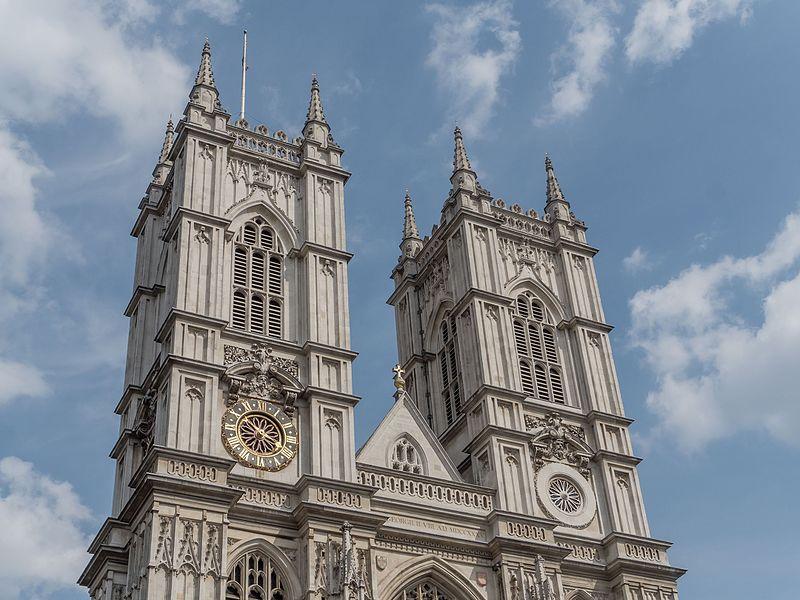St Michael Cornhill
City of London, Greater London
The church lies over the remains of the Basilica, the northern most part of the great Roman Forum built in the first century AD.

Westminster Abbey presents a unique pageant of British history; the shrine of St Edward the Confessor, the tombs of kings and queens, and countless memorials to the famous and the great, it has been the setting for every Coronation since 1066 and for numerous other royal occasions.
Westminster, Greater London
Westminster Abbey, a work of architectural genius, a place of daily worship, deploying the resources of high musical expertise, a burial place of kings, statesmen, poets, scientists, warriors and musicians, is the result of a process of development across the centuries, which represents the response of a monastery and later a post-Reformation church to the stimulus and challenge of its environment.
In the 1040s King Edward (later St Edward the Confessor) established his royal palace by the banks of the river Thames on land known as Thorney Island. Close by was a small Benedictine monastery . Edward chose to build a large stone church in honour of St Peter the Apostle. This church became known as the ‘west minster’ to distinguish it from St Paul's Cathedral (the east minster) in the City of London.
The only traces of Edward's monastery are in the round arches and massive supporting columns of the undercroft and the Pyx Chamber. Edward's Abbey survived until the middle of the 13th century when King Henry III decided to rebuild it in the new Gothic style of architecture. This church was consecrated on 13 October 1269.
Every monarch since William the Conqueror has been crowned in the Abbey, with the exception of Edward V and Edward VIII who were never crowned. It was natural that Henry III should wish to translate the body of the saintly Edward the Confessor into a more magnificent tomb behind the High Altar. This shrine survives and around it are buried a cluster of medieval kings and their consorts. The Abbey contains over 600 monuments and wall tablets and over three thousand people are buried here. Notable is the Unknown Warrior, whose grave, close to the west door, has become a place of pilgrimage.
A remarkable new addition to the Abbey was the glorious Lady chapel built by King Henry VII, first of the Tudor monarchs, which now bears his name. This has a spectacular fan vaulted roof and the craftsmanship of Italian sculptor Pietro Torrigiano can be seen in Henry's fine tomb. The chapel was consecrated on 19 February 1516.
City of London, Greater London
The church lies over the remains of the Basilica, the northern most part of the great Roman Forum built in the first century AD.
City of London, Greater London
The Dutch Church is a reformed church on the site of the 13th century Augustinian friary, the original building granted to Protestant refugees for their church services in 1550 was destroyed during the London Blitz.
Marshfield, Gwent
Mae Eglwys St Mair, Maerun, yn eglwys brydferth sy’n dyddio nôl i’r ddeuddegfed ganrif. Yn nythu’n glud yn y llain las rhwng Caerdydd a Chasnewydd, mae bellach yn adnabyddus am fod yn lleoliad ar gyfer un o episodau Dr Who!